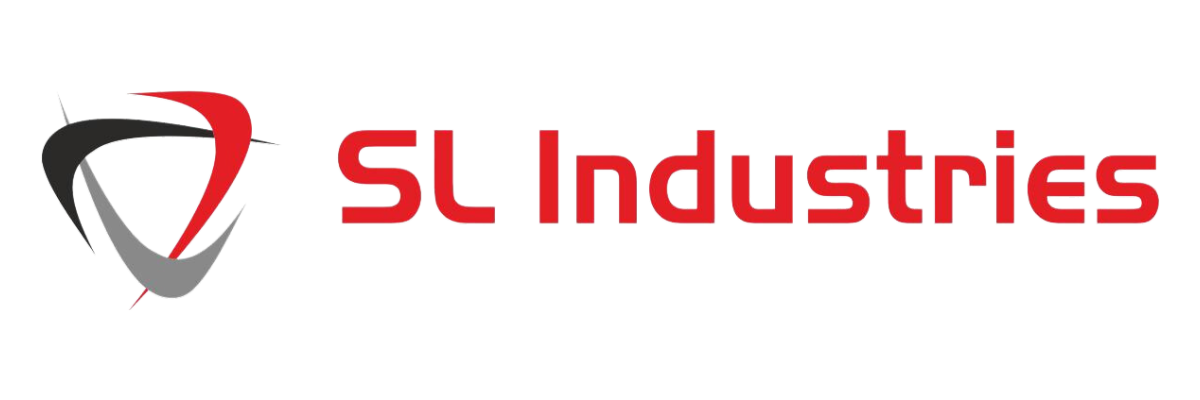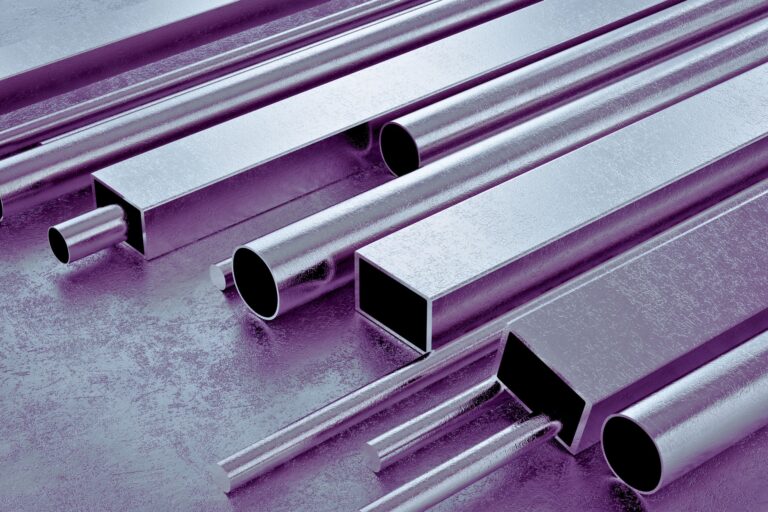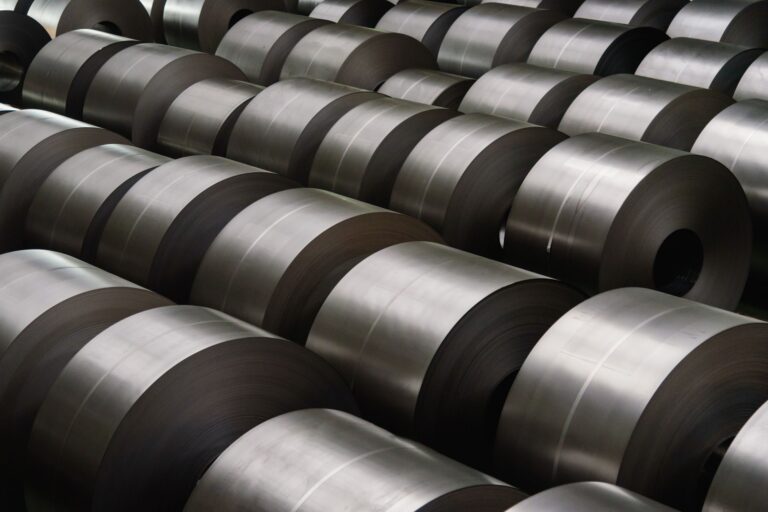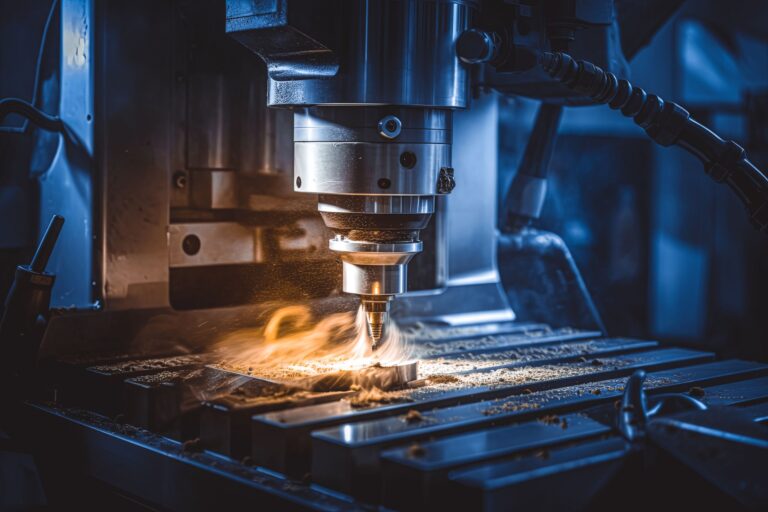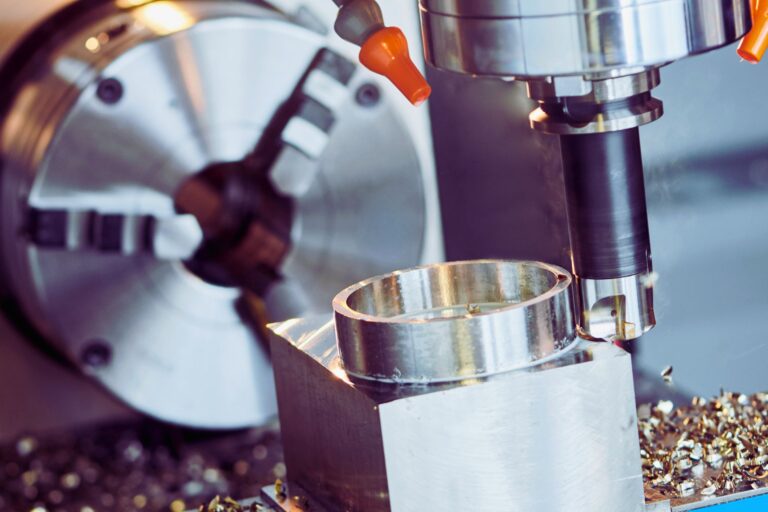Da die Industrie nach mehr Effizienz und Kosteneffizienz strebt, werden automatisierte Materialhandhabungslösungen zu einem wesentlichen Bestandteil moderner Fertigung und Logistik. Durch Automatisierung können Unternehmen Arbeitsabläufe optimieren, manuelle Arbeit reduzieren und die Sicherheit in Produktions- und Lagerumgebungen erhöhen. Diese Innovationen führen zu deutlichen Produktivitätssteigerungen in Branchen wie der Automobilindustrie, der Luft- und Raumfahrt, dem Schwermaschinenbau und der Metallverarbeitung.
Die Rolle der automatisierten Materialhandhabung
Automatisiertes Materialhandling (AMH) bezeichnet den Einsatz technologiebasierter Systeme für Transport, Lagerung, Bereitstellung und Verwaltung von Materialien in Produktion und Vertrieb. Diese Lösungen ersetzen oder ergänzen manuelle Handhabungsprozesse, reduzieren menschliche Fehler und erhöhen den Durchsatz. Zu den gängigen AMH-Technologien gehören Roboterarme, fahrerlose Transportfahrzeuge (AGVs), Fördersysteme und intelligente Lagerlösungen.
Hauptvorteile automatisierter Materialhandhabungslösungen
1. Höhere Effizienz und Durchsatz
Durch die Automatisierung von Materialtransport und -lagerung können Unternehmen die Produktionszykluszeiten deutlich verkürzen. Automatisierte Systeme ermöglichen einen kontinuierlichen Betrieb ohne Verzögerungen durch manuelle Handhabung, was zu einer schnelleren Auftragsabwicklung und einer verbesserten Produktionskapazität führt.
2. Verbesserte Sicherheit am Arbeitsplatz
Manuelle Materialhandhabung kann aufgrund von wiederholten Bewegungen, schwerem Heben und Ermüdung des Bedieners zu Verletzungen am Arbeitsplatz führen. Automatisierte Systeme minimieren den direkten menschlichen Einsatz bei risikoreichen Aufgaben, reduzieren Arbeitsunfälle und gewährleisten die Einhaltung von Sicherheitsvorschriften.
3. Optimierte Raumnutzung
Automatische Lager- und Bereitstellungssysteme (AS/RS) ermöglichen eine effiziente Lagerraumnutzung durch maximale vertikale Lagerung und reduzierten Gangbedarf. Diese Optimierung ermöglicht es Unternehmen, mehr Materialien auf kleinerer Grundfläche zu lagern und gleichzeitig die einfache Zugänglichkeit zu gewährleisten.
4. Verbesserte Genauigkeit und weniger Fehler
Automatisierte Systeme integrieren digitale Tracking- und Bestandsverwaltungstechnologien, um eine präzise Handhabung und Platzierung von Materialien zu gewährleisten. Durch die Minimierung menschlicher Eingriffe können Unternehmen Fehler reduzieren, Materialverluste vermeiden und eine bessere Bestandskontrolle gewährleisten.
5. Kosteneinsparungen auf lange Sicht
Obwohl die anfängliche Investition in automatisierte Materialhandhabungslösungen erheblich sein kann, machen die langfristigen Einsparungen bei den Arbeitskosten, die gesteigerte Effizienz und die Reduzierung von Abfall die Automatisierung zu einer kostengünstigen Lösung. Unternehmen, die AMH-Lösungen implementieren, können ihre Rentabilität und Wettbewerbsfähigkeit steigern.
Arten automatisierter Materialhandhabungssysteme
1. Fahrerlose Transportfahrzeuge (AGVs)
AGVs sind selbstnavigierende Fahrzeuge für den Materialtransport innerhalb von Produktionsstätten und Lagern. Diese Systeme sind mit Sensoren und Kartierungstechnologien ausgestattet, um vordefinierten Routen zu folgen und so den Bedarf an Gabelstaplern zu reduzieren.
2. Fördersysteme
Fördersysteme optimieren den Materialfluss, indem sie Waren durch verschiedene Produktions- oder Vertriebsstufen transportieren. Moderne Förderanlagen können mit Sensoren und KI-gesteuerten Steuerungen ausgestattet werden, um sich an variable Lasten anzupassen und die Bewegung zu optimieren.
3. Robotergestützte Pick-and-Place-Systeme
Industrieroboter, die mit Bildverarbeitungssystemen und KI-Algorithmen ausgestattet sind, können Materialien effizient und hochpräzise sortieren, aufnehmen und platzieren. Diese Roboter werden häufig in Fließbändern, bei Verpackungsvorgängen und in der Logistik eingesetzt.
4. Automatisierte Lager- und Bereitstellungssysteme (AS/RS)
AS/RS-Lösungen nutzen Roboter-Shuttles und Kräne zur Ein- und Auslagerung von Materialien in hochverdichtete Lagerregale. Diese Systeme steigern die Lagereffizienz, indem sie die Auslagerungszeiten verkürzen und die Bestandsverwaltung verbessern.
5. Kollaborative Roboter (Cobots)
Im Gegensatz zu herkömmlichen Industrierobotern sind Cobots für die Zusammenarbeit mit menschlichen Bedienern konzipiert. Sie unterstützen bei der Erledigung repetitiver oder gefährlicher Aufgaben und ermöglichen es den menschlichen Mitarbeitern, sich auf komplexere Aufgaben zu konzentrieren.
Herausforderungen bei der Implementierung automatisierter Materialhandhabung
Obwohl AMH-Lösungen erhebliche Vorteile bieten, müssen Unternehmen bei der Integration dieser Technologien bestimmte Herausforderungen berücksichtigen:
- Hohe Anschaffungskosten: Die Automatisierung erfordert Investitionen in Hardware, Software und Systemintegration.
- Schulung der Mitarbeiter: Um automatisierte Systeme effektiv bedienen und warten zu können, müssen die Mitarbeiter geschult werden.
- Integrationskomplexität: Die Gewährleistung der Kompatibilität mit vorhandener Infrastruktur und Enterprise-Resource-Planning-Systemen (ERP) kann eine Herausforderung sein.
- Wartungsanforderungen: Um eine optimale Systemleistung sicherzustellen, sind regelmäßige Wartung und Software-Updates erforderlich.
Die Zukunft der automatisierten Materialhandhabung
Mit der Weiterentwicklung der intelligenten Fertigung werden AMH-Systeme durch den Einsatz künstlicher Intelligenz (KI), des Internets der Dinge (IoT) und maschinellen Lernens weiter verbessert. Prädiktive Analytik, Echtzeitüberwachung und adaptive Automatisierung werden voraussichtlich eine entscheidende Rolle bei der Optimierung von Materialhandhabungsprozessen spielen.
Bei SL Industries sind wir uns der transformativen Wirkung automatisierter Materialhandhabungslösungen auf Produktivität und Betriebseffizienz bewusst. Indem Hersteller über neue Technologien und Branchentrends informiert bleiben, können sie die Automatisierung nutzen, um Arbeitsabläufe zu optimieren, die Sicherheit zu erhöhen und in der heutigen schnelllebigen Industrielandschaft wettbewerbsfähig zu bleiben.
